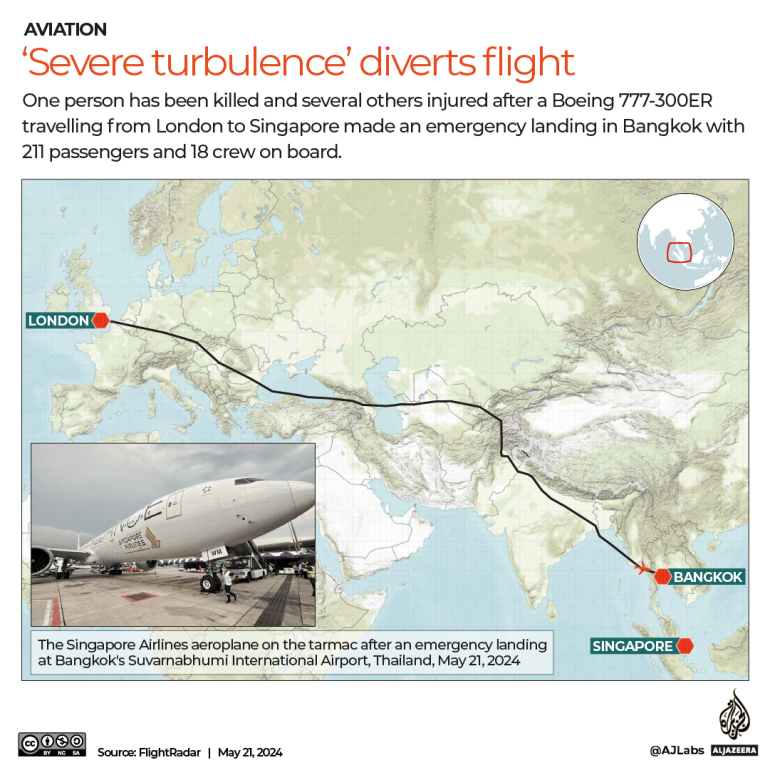The National Environment Agency (NEA) announced the provision of Beach Short-term Water Quality Information (BSWI). The information includes the weekly assessment of water quality of Singapore’s seven popular recreational beaches [1], along with accompanying advisories and recommended actions to guide beachgoers on precautions they can take to safeguard their health.
NEA regularly monitors the water quality at the seven popular recreational beaches to assess the suitability of the beaches for primary contact activities[2]. NEA has been publishing the annual water quality of these beaches on our website since 2009.
With the BSWI, beachgoers will now have access to more current water quality information, based on the enterococcus bacteria (EC) levels of the water and expressed as bandings for ease of interpretation. EC levels are used in the World Health Organisation’s guidelines for Safe Recreational Water Environments as an indicator of the water quality at recreational beaches. EC levels for each band are as follows:
- Band 1 (Normal) – EC Levels ≤ 200
- Band 2 (Elevated) – 200 < EC Levels ≤ 500
- Band 3 High) – EC Levels > 500 OR two consecutive weeks of 200 < EC Levels ≤ 500
The water quality bandings are accompanied by advisories to guide beachgoers on precautions to take to safeguard their health. When water quality is in the Band 1 (Normal) range, the public can continue with their normal primary contact water activities. If the water quality is in the Band 2 (Elevated) range, beachgoers should exercise caution. In particular, children, the elderly, and the immunocompromised should reduce primary contact water activities. When the water quality enters the Band 3 (High) range, all beachgoers should minimise primary contact water activities. Beachgoers are strongly encouraged to follow the advisories to safeguard their health. Please refer to the table below for a summary of the bandings and advisories:
|
Weekly Recreational Water Quality Bandings (Enterococcus Levels) |
Public Advisory |
Advisory |
|
(EC ≤ 200) |
Safe to Enter the Water |
All beachgoers can continue with water activities |
|
Band 2 (Elevated) (200 < EC ≤ 500) |
Caution Advised |
Children, the elderly, and immunocompromised beach users should reduce* primary contact activities |
|
(EC > 500 OR two consecutive weeks of 200 < EC ≤ 500) |
Primary Contact Activities Not Advised |
All beachgoers should minimise* primary contact activities |
*Reduce – Do less; Minimise – Do as little as possible
The public need not be unduly concerned if certain stretches of the beach go into the Band 2 (Elevated) or even the Band 3 (High) range for a particular week, as the enterococcus levels are transient in nature and the beach water is continuously flushed and mixed by currents. With more updated information available now, members of the public can decide to avoid certain stretches of beach with poorer water quality and plan their beach visits accordingly. Notwithstanding this, when the water quality deteriorates to Band 3, NEA will monitor the water quality closely, conduct investigations to identify possible pollution sources, and carry out any remedial or mitigation measures as required.
Beachgoers are advised to check the BSWI on NEA’s website at https://www.nea.gov.sg/BSWI, or through the myENV app, before visiting the beaches. As a general guide, beachgoers are also advised to avoid entering the beach water immediately after heavy rainfall, and to refrain from water activities when they have open sores, skin infections, or when they feel unwell.
NEA has worked with NParks and Sentosa Development Corporation to put up notices along the recreational beaches to point beachgoers to the water quality bandings on NEA’s website (as shown below).

Figure 1a – Screenshot of BSWI on NEA’s website

Figure 1b – Zoomed-in view of Figure 1a.
[1] The seven beaches are Sentosa Island beaches (Siloso beach, Palawan beach, Tanjong beach), Seletar Island Beach, Sembawang Park Beach, Changi Beach, East Coast Park Beach, Pasir Ris Beach and Punggol Beach.
[2] Primary contact activities are those where (a) the whole body or the face and trunk are frequently immersed and (b) it is likely that some water will be swallowed. Examples of primary contact activities include swimming, skiing, wakeboarding, diving, windsurfing, kite surfing, jet-skiing and water immersion training (such as capsize training for kayaking and canoeing).
For more information, please submit your enquiries electronically via the Online Feedback Form or myENV mobile application. Alternatively, you contact us at 6225 5632.









